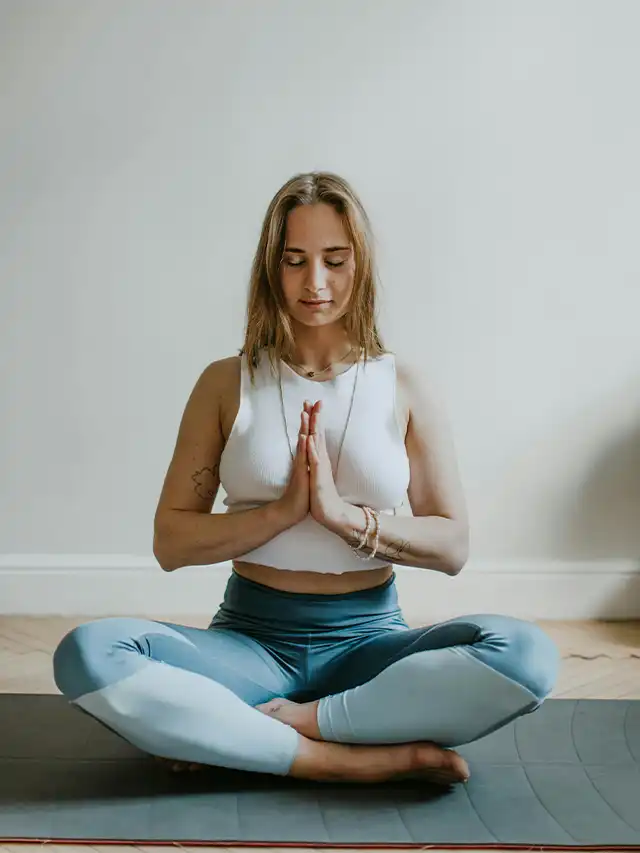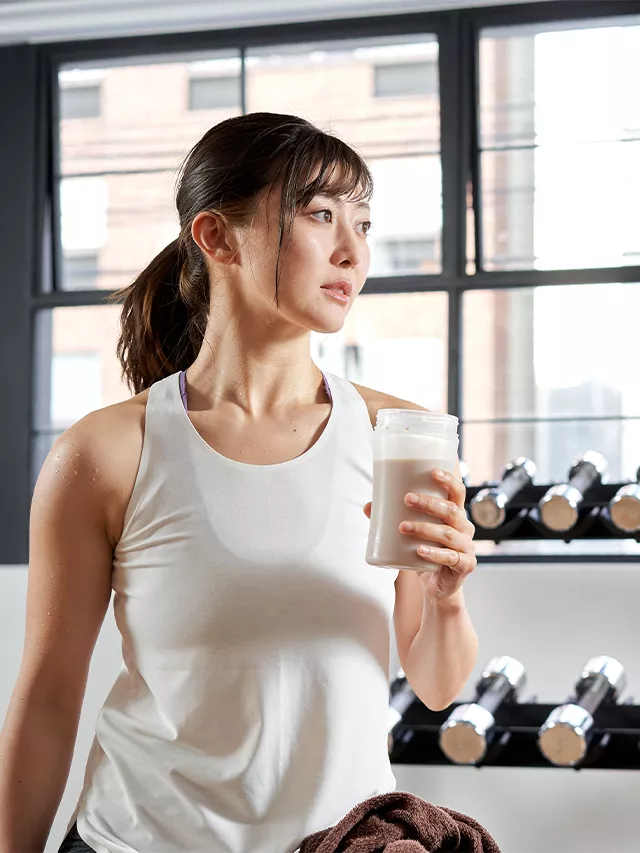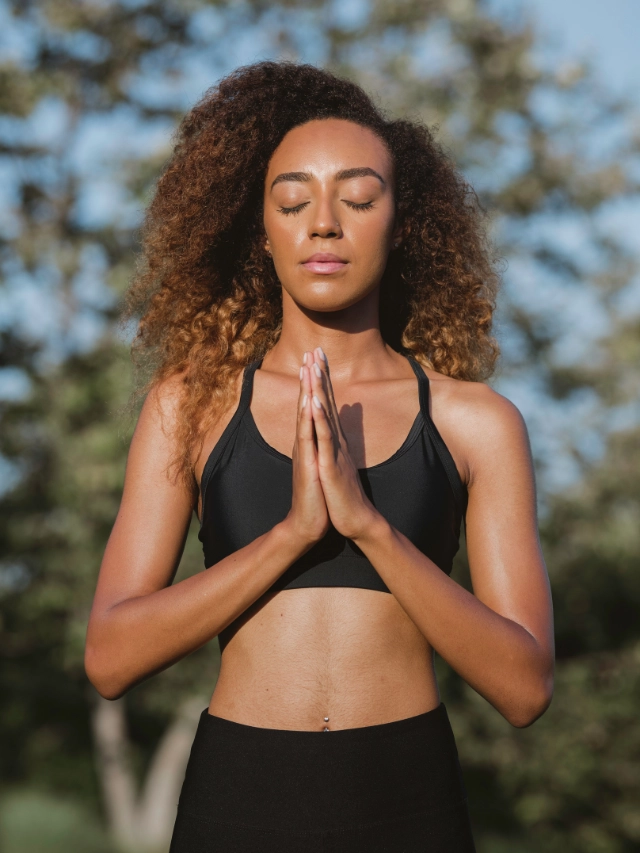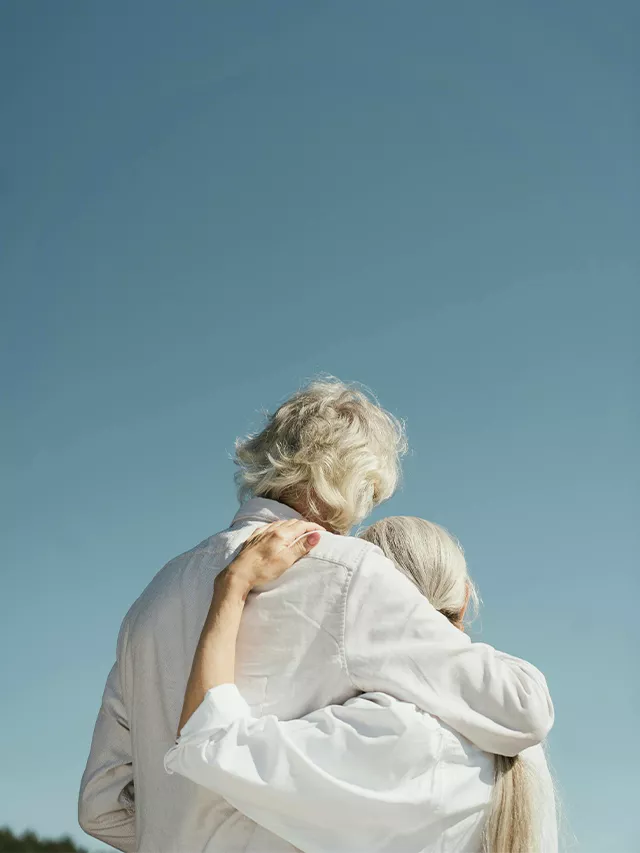Last Updated on March 28, 2025
During periods of uncertainty and stress, it’s vital to have grounding techniques for anxiety to manage anxiety. Life can present challenges that affect us mentally and emotionally, necessitating strategies to navigate these feelings and find calm amidst the chaos.
One effective technique is deep breathing exercises. Taking slow, deep breaths and focusing on the sensation of the air filling your lungs can calm the nervous system and reduce feelings of anxiety. Mindfulness meditation is another valuable practice. Mindfulness cultivates inner peace and resilience by bringing attention to the present moment and noticing thoughts, feelings, and sensations without judgment.
Progressive muscle relaxation involves tensing and then relaxing each muscle group in the body, releasing physical tension and promoting relaxation. Grounding exercises use the senses to connect with the present moment, such as noticing sights, sounds, smells, tastes, and textures around you, diverting focus from anxious thoughts.
Physical activity is crucial for reducing stress, whether going for a walk, practicing yoga, or dancing. Regular exercise releases endorphins and promotes well-being. Maintaining a healthy lifestyle by prioritizing self-care, including eating nutritious foods, getting enough sleep, and staying hydrated, can positively impact mental well-being.
By incorporating these techniques into daily routines, individuals can effectively manage anxiety and promote a sense of calm and balance in their lives. It’s important to be patient and compassionate with oneself while navigating challenging times.
Grounding Techniques for Anxiety
Breathe
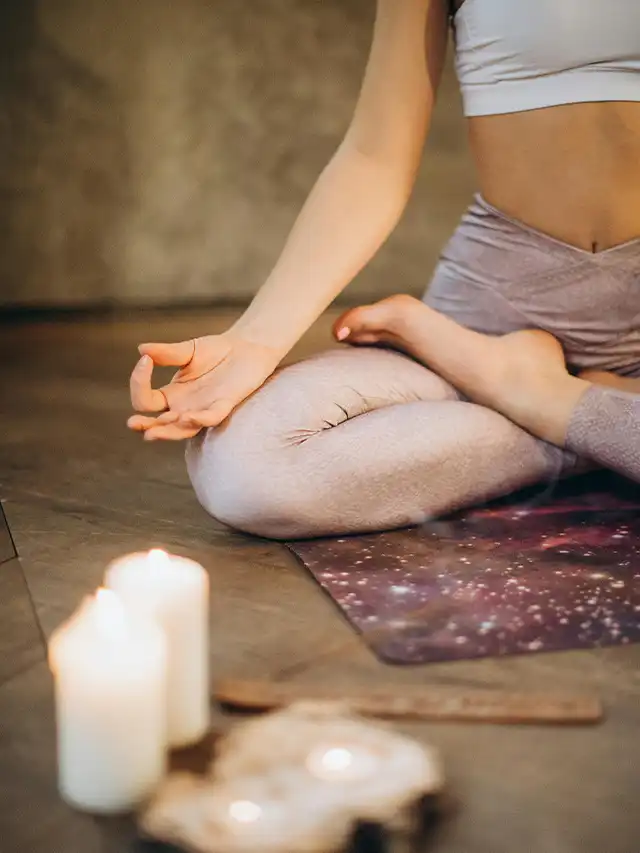
When we are stressed or fearful or hear bad news, we often gasp — inhaling sharply and then holding our breath. These breathing patterns can activate the sympathetic nervous system, often referred to as the “fight or flight response.” Have you ever heard the advice to “just breathe” when you’re stressed? Although a well-known cliché, it’s true.
Deep breathing is one of the best grounding techniques for anxiety. Slow, deep breaths engage the abdominal muscles and diaphragm instead of the muscles in your upper chest and neck. As such, deep breathing can bring you back from the emotional brink of even the worst situations. Deep diaphragmatic breathing supports the parasympathetic nervous system and activates the “relaxation response,” which reduces stress and its negative effects on the mind and body. As a result, you gain greater resilience in the face of adversity, and your mind can become less cluttered and frantic. Here’s how to do it:
Deep diaphragmatic breathing technique
Find a comfortable, quiet place to sit or lie down. If you’re sitting in a chair, bend your knees and relax your head, neck, and shoulders. If you’re lying down, place a small pillow under your head and bend your knees.
Place one hand on your chest and the other hand on your belly, just below your rib cage. Inhale slowly through your nose to a silent count of three so that your abdomen moves out against the hand on your belly. The air going into your nose should move downward and you should feel your stomach rise. Also, the hand on your chest should remain as still as possible. Be sure to hold your breath for a count of three and then exhale through slightly pursed lips to a final count of three. The hand on your chest should remain still throughout this process.
When you inhale, your diaphragm contracts and moves downward, which allows your lungs to expand. When you exhale, your diaphragm muscles relax and move upwards, which drives air out of your lungs through your breath.
Try this technique for three to five minutes several times per day. It should help you to manage anxiety and to maintain a state of relative calm.
Move
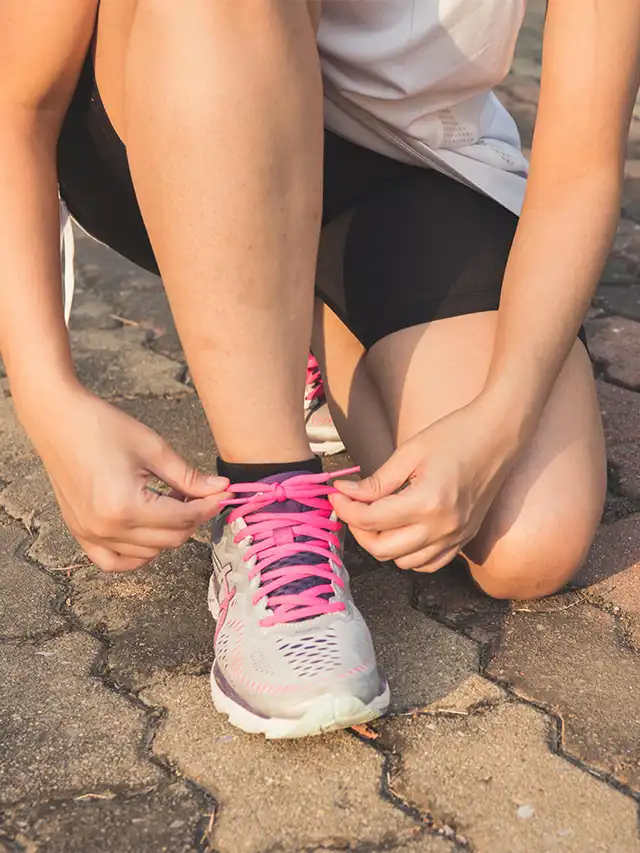
Moving is one of the most important grounding techniques for anxiety. You’re homebound for the foreseeable future. One of the things NOT to do is just sit. Too much sitting or lying down throughout the day can lead to chronic conditions such as obesity, diabetes, and even some cancers. Further, too much sitting is correlated with a negative effect on mental health.
The simple solution is to keep moving your body throughout the day. The movement has been shown to decrease overall levels of tension, elevate and stabilize mood, improve sleep, and enhance self-esteem.
What can you do when you’re homebound? Here are a few examples:
- Take a walk
- Ride a bike
- Do simple yoga poses
- Clean your home
- Work in the garden
The bottom line: keep moving.
Eat Well
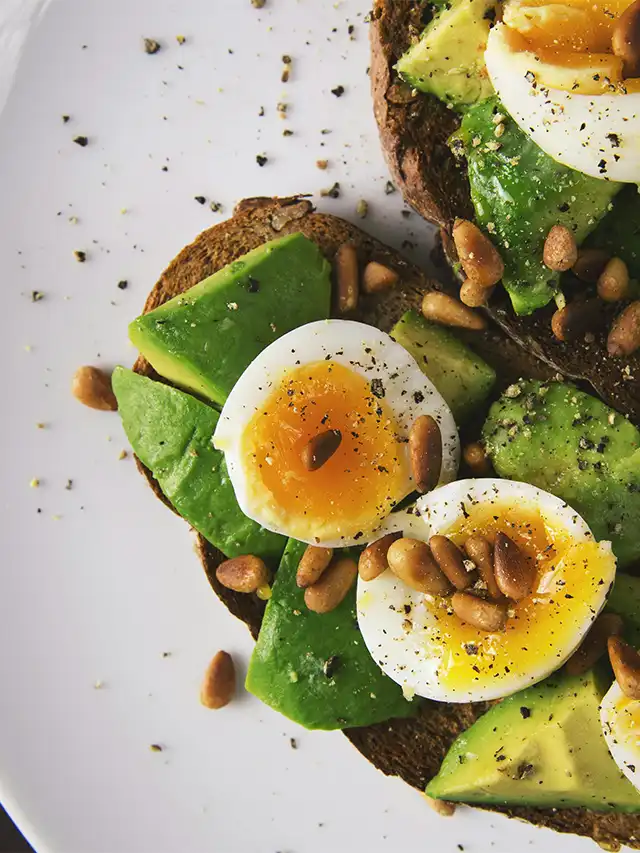
The government recommends having a two-week supply of food on hand in the face of the pandemic. Many of us are already stocking up on groceries to the extent that store shelves are barren in some regions. But stocking up doesn’t mean that you should buy an abundance of canned soup, rice and beans, alcohol, chips, and cookies.
Your ‘coronavirus kitchen’ does not need to be unhealthy! Nor do you need to subsist on snack bars and soft drinks. Consider purchasing:
- Whole grains such as barley, quinoa, and amaranth
- Shelf-stable non-dairy milk such as oat milk, soy milk, or almond milk
- Frozen vegetables
- Nuts and nut butter
- Frozen fruits (these make great smoothies)
- Frozen fish, chicken breasts, and lean beef
- Canned tuna or sardines
- Foods that support a healthy gut flora (such as kefir, yogurt, and kimchi)
Don’t forget to frequently wash your hands, especially when preparing food, and to keep your kitchen clean. Also, be sure to wash any lingering dishes, empty the sink, clear the counters, and wipe everything down often.
Hydrate
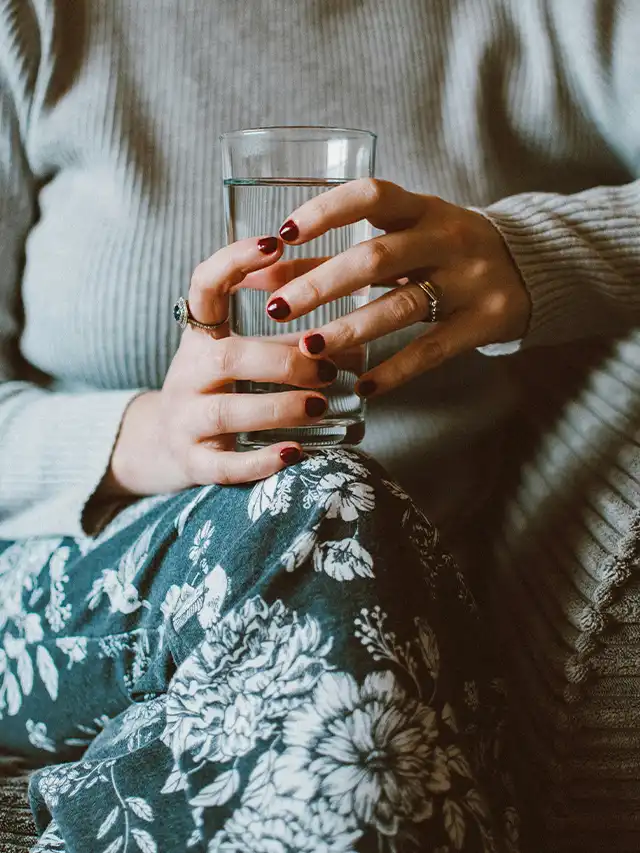
Drink plenty of water, at least eight 8-ounce glasses per day, which equals about two liters. Hydration helps alleviate possible symptoms of dehydration. Healthy hydration levels help maintain the integrity of the mucous membranes of your nose and mouth, which can support you in fighting infection. Keep in mind that soft drinks with a lot of sugar like sodas or sports drinks aren’t good choices for combating dehydration, as they are not designed for rehydration.
Other rehydration drinks you may want to consider include Pedialyte, Gatorade, and coconut water. Another way to stay hydrated is with mobile IV in LA and many other cities around the world. IV treatments can rehydrate you, detox your body, and replenish essential vitamins to help you feel revitalized and refreshed.
Sleep
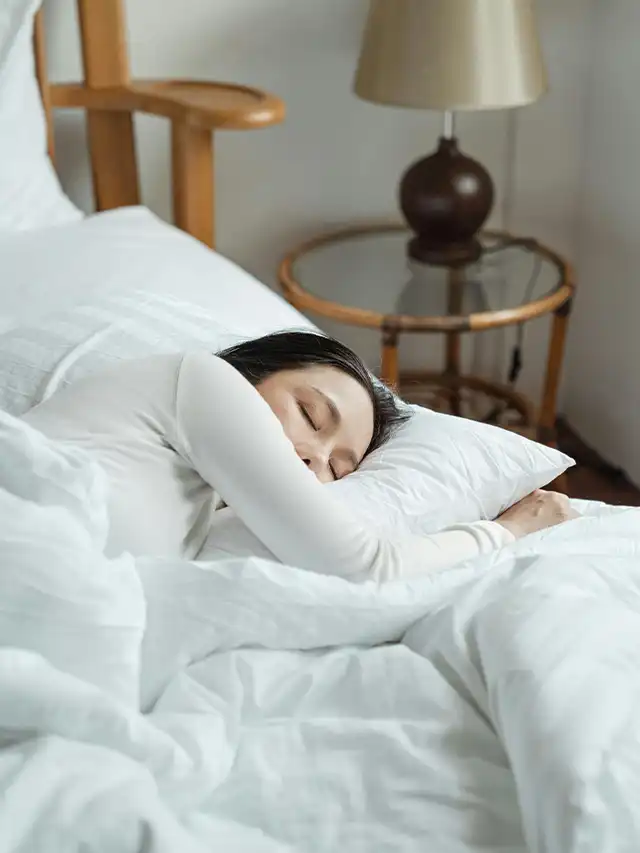
Another grounding technique for anxiety is sleep. Adults typically need seven to nine hours of sleep per night. Lack of sleep weakens your immune system.
Ways to facilitate restful sleep include:
- Going to bed at the same time each night and getting up at the same time each morning (including on weekends)
- Make sure your bedroom is quiet, dark, and at a comfortable temperature
- Removing electronic devices, such as computers and smartphones, from the bedroom
- Remaining physically active during the day can help you fall asleep more easily at night
- Don’t eat a large meal before going to bed
Shift your mindset
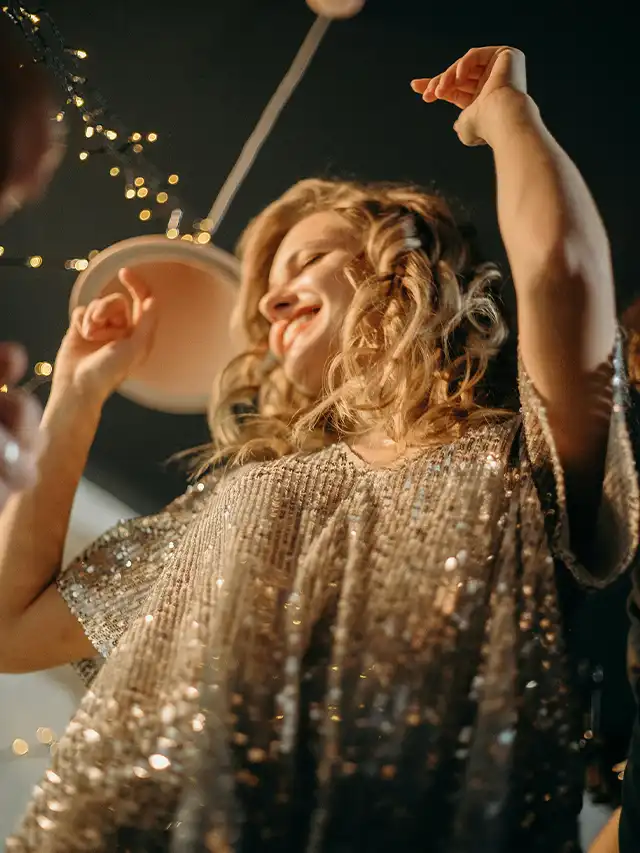
Remember, you’re not in this alone. It’s important now to shift your mindset from “I” to “We”. Think about how your actions may impact others. Stay home when you are sick. And if you’re not sick, keep a “social distance” from others, especially those who might have been exposed to or are infected with the coronavirus.
Consider your family, neighbors, and friends – check in with them frequently by text or by phone, keeping up with their needs and health status. What about those who may be out of work now? Can you donate supplies or money to support those who are less fortunate than you? Are your local restaurants closed except for takeout? Help to keep them in business by ordering a meal and/or purchasing a gift card for future use.
Conclusion
Sometimes, you just have to adapt to a new normal. So stay informed and don’t panic. Take care of yourself. Support others. Stay connected. Hopefully, these grounding techniques for managing anxiety will help. However, regardless of which steps you choose, make an active effort to stay positive; you will get past this difficult time and thrive.
Benefits of Peptides: The Ultimate Guide to Buying High-Quality Supplements at Competitive Prices
Peptides are short chains of amino acids, that…
Steal These 7 Wellness Trends to Crush Your 2025 Goals
2025 is upon us. Forget boring routines—2025 is…
What Research Shows on Food Dyes: Red Dye No. 3 Is Banned. Will the FDA Take Action on More Food Colorings?
In a significant move, the U.S. Food and…
How To Take Care Of Yourself After Retirement
Many of us spend our entire working life…
What is the 3 3 3 rule for anxiety?
Name three things you notice when you look around. Next, describe the three sounds you hear. Finally, move your ankle, fingers, or arm, three different body parts. This mental technique can help you stay focused and in the present moment if you feel like your mind is racing, according to Chansky.
Does grounding help anxiety?
To reduce anxiety during a panic attack, try grounding. You do this to assist your brain locate you by recognizing the objects in your immediate environment. You feel more secure and in control of the situation as a result of knowing where you are.
What is the 54321 method for anxiety?
It takes more than just counting backward from five to use the “5-4-3-2-1” approach to regain control of your thoughts when anxiety threatens to overwhelm you. Instead, the hack uses our five senses—sight, sound, touch, smell, and taste—to assist us return to the present.
Julie Rosenberg, MD is a global healthcare leader who is passionate about promoting good health and wellness worldwide. Julie believes that each of us is our own best healthcare provider. In an effort to find ways to support people in adopting a conscious lifestyle, Julie has devoted the last 16 years to the in-depth study and practice of yoga, meditation, and mindfulness. While trained in Western medicine, these Eastern principles and practices now inform her thinking, her leadership style, and her work. Recognizing that chronic stress and burnout are on the rise with the relentless pace of business today, Julie works with senior leaders and teams to help them achieve their highest state of well-being and become more effective in their organizations. She is the author of two best-selling books: "Beyond the Mat: Achieve Focus, Presence, and Enlightened Leadership Through the Principles and Practice of Yoga" and "Be True: A Personal Guide to Becoming Your Most Authentic Self."
- Julie Rosenberghttps://successiblelife.com/author/dr-julie-rosenberg-physician-executive/
- Julie Rosenberghttps://successiblelife.com/author/dr-julie-rosenberg-physician-executive/
- Julie Rosenberghttps://successiblelife.com/author/dr-julie-rosenberg-physician-executive/
- Julie Rosenberghttps://successiblelife.com/author/dr-julie-rosenberg-physician-executive/

